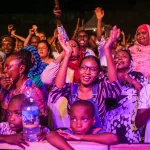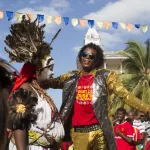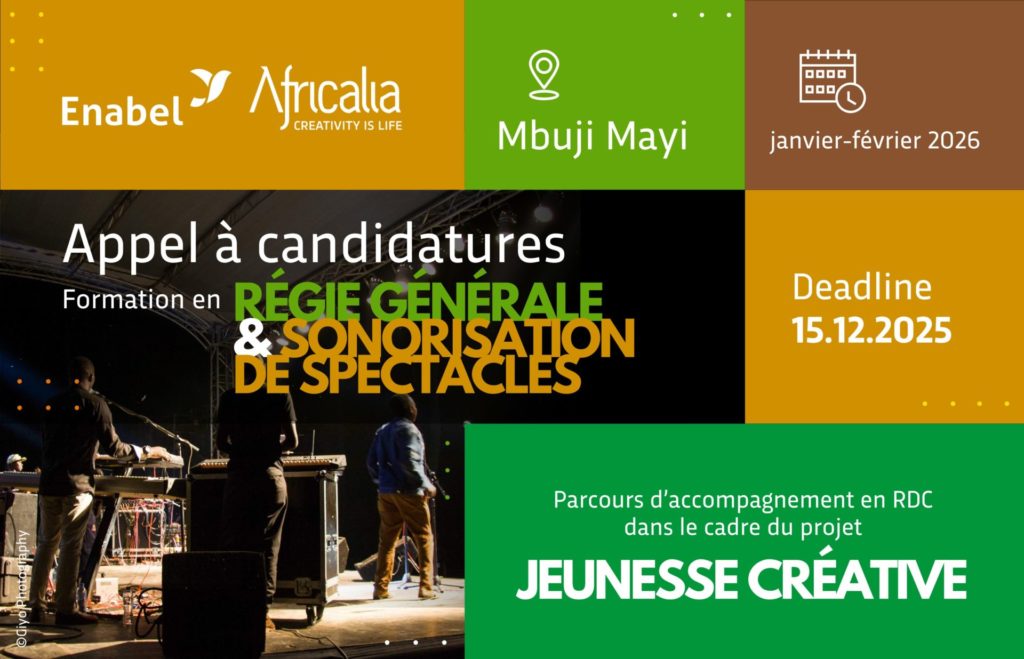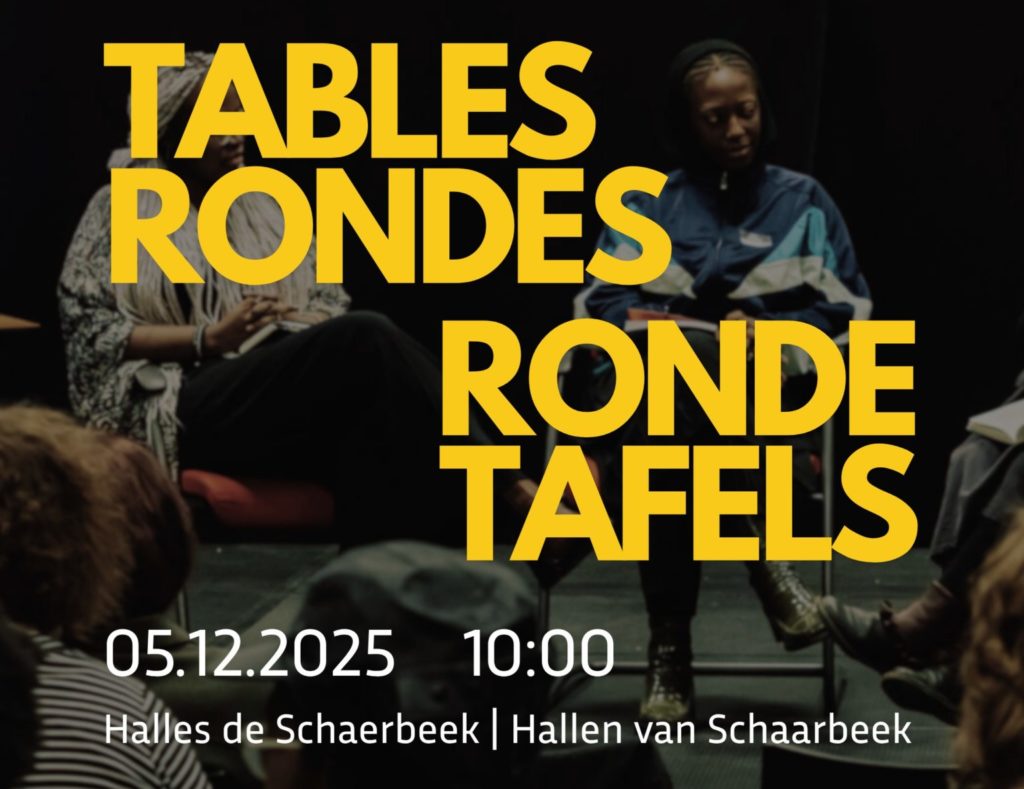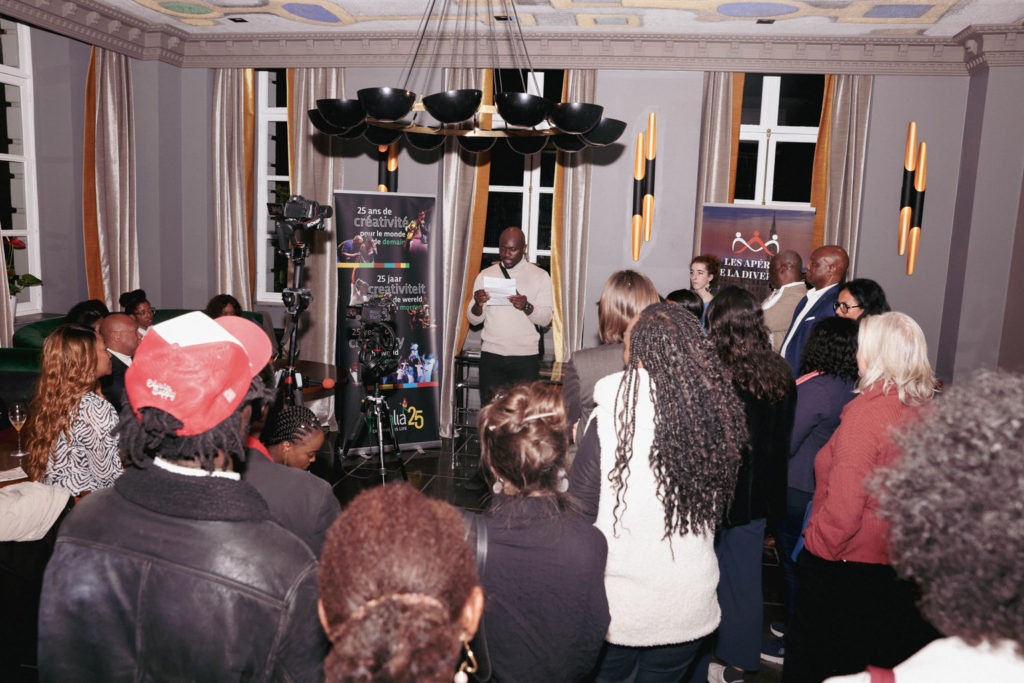
A festival is often inseparable from its audience. It is as much a part of its identity as its programme. What type of audience do African festivals cater for? In Uganda, for example, The Bayimba International festival identifies its audience as follows: "Our audience comes from all social strata. There are tourists, city dwellers, local communities, especially fishermen, cyclists and boda boda drivers (motorbike taxis). 75% are from Uganda and 25% are international. 24% of this audience is aged between 18 and 25. 36% of festival-goers are aged between 30 and 45 and 16% are over 50". In the Indian Ocean archipelago, the Sauti za Busara festivalIt welcomes 4,000 visitors a day, 63.5% of whom are Tanzanians, with the rest coming from other African countries, Europe, Japan and the USA. Its organiser describes it as a pan-African festival, to the extent that the locals address the other festival-goers in Swahili, the local language, but also the lingua franca of much of Africa.
So can it be said that festivals are still important for African productions and artists, given the diversity of their audiences? In response to this question, there is unanimous agreement on their strengths. In fact, although digitalization has taken on a predominant role in the cultural landscape, offering artists the opportunity to perform and make themselves known to the general public on a small budget or even virtually free of charge, provided they have a good internet connection, festivals remain the place where artists can build up a real experience in terms of "spectacle / show" as the Anglo-Saxons call it, and meet their audience, who may have very different expectations compared to digital, assures Luc Mayitoukou. For Yusuf Mahmoud, founder of the Sauti za Busara festival, his festival focuses on programming artists from minority groups and highlighting cultural identities that are often off the radar of the mainstream media. A festival is also a creative laboratory, a forum for exchanging ideas and best practice, and as such acts as a source of ideas for new creations," notes Aristide Tarnagda, from Récréatrâles festival in Ouagadougou. Finally, market-oriented festivals, i.e. festivals that bring artists and professionals together, are a real springboard for making yourself known to programmers and professionals in the sector, such as the Visa for music festival taking place in Rabat, Morocco.
The African continent is facing steadily increasing demand in the cultural and creative industries (CCI) sector. A combination of two factors is driving the growth in demand for creative content: the rise of the middle class and a population of which 60% is under the age of 25. There is an increase in the number of companies in the cultural and creative sector that specialise in one of the links in the value chain, which includes creation, production, distribution and broadcasting, the main aim of which is to generate wealth (profit) using cultural products. Some countries are more dynamic than others, and not all sectors generate the same amount of income because of the volume of consumers. Demand for African products is also expanding outside the traditional Euro-American markets, with a growing trend in Asia, mainly from China.(1) At festival level, festivals can generate profits for the local economy, with festival-goers boosting the consumption of local products and indirectly creating jobs. In addition, the teams receive training and their skills are put to good use on the job market. A report by Africa Synergy in 2015 revealed that $7.2 million in revenue per year was directly attributable to the Sauti za Busara festival in Tanzania. Festivals have also become spaces for dialogue for more inclusive societies, and in this way help to respond to the major challenges facing contemporary African societies.
Despite offering real added value in terms of enhancing and promoting tourism in their countries, private African festivals are struggling to find a response from the public authorities in terms of financial support and assistance with their structuring, on the pretext that there are other priority sectors. This keeps them in a fragile funding system, where when a donor or sponsor decides to leave the ship, it pitches dangerously, risking its survival. What about the private sector? The private sector is only interested in mass festivals because they generate greater visibility, and when partnerships are established, they are very often one-offs and do not allow us to count on the long-term partnerships that festivals need in order to structure themselves. But the picture is not all bleak. Morocco is a good example, because its festivals are supported by the public authorities, especially through the Ministry of Tourism and the national airline Royal Air Maroc, which are direct partners of the festivals. In Senegal, the Dakar Biennale, West Africa's major contemporary art event, is directly funded by the government, which allocates it a special budget. Fespaco (Ouagadougou Pan-African Film Festival) in Burkina Faso. The support and development of cultural and creative industries through public policies is one of the recommendations of the 2005 UNESCO Convention on the Protection and Promotion of the Diversity of Cultural Expressions, which most African countries have ratified. (2) For Luc Mayitoukou, financial support from the outset of festivals is a real advantage for developing a network outside of public subsidies and hoping to grow.
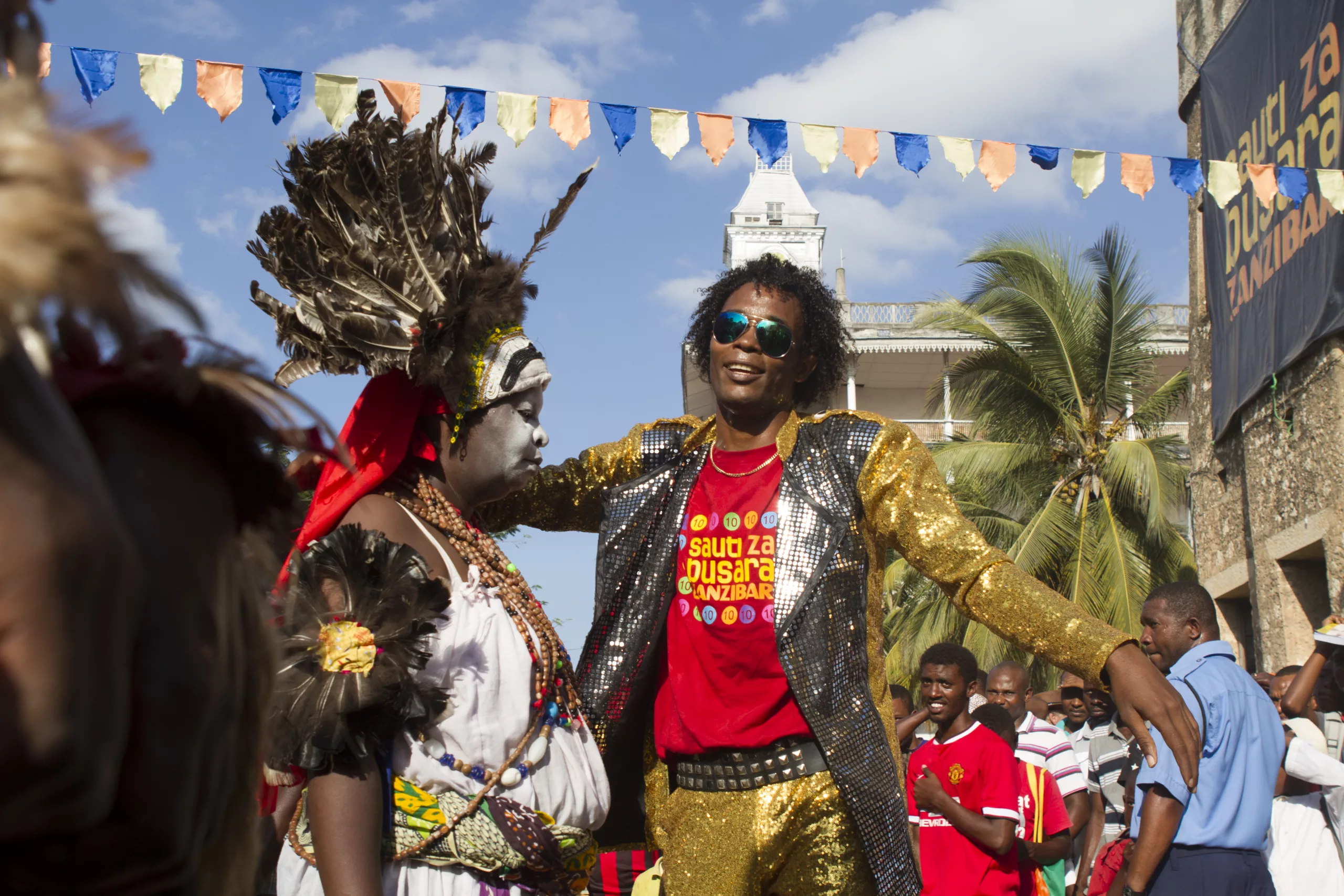
The road to holding a festival is strewn with many obstacles, with mobility at the back of the queue. It has to be said that the cost of plane tickets is still very high due to the lack of direct connections between African countries. Entry visa requirements also mean lengthy administrative procedures. And when the artists do arrive, it's the works that don't arrive on time. In fact, the phenomenon of works being held up at customs is a common one, mainly because organisers do not take out insurance because of the exorbitant cost or the lack of knowledge of the sector on the part of brokers who refuse to insure works. Taxes on admissions and other authorisations are not enough to ensure financial equilibrium. Finally, in the last two years, the Covid-19 box has appeared on organisers' monitoring tables, adding to the already very high costs.
In conclusion, although there is no shortage of obstacles and challenges for African festival organisers, festivals still have a bright future ahead of them and will continue to gain in popularity with an increasingly international audience as they become more structured. Performing and being seen at festivals remains an important exercise for African artists to gain experience of the stage and to meet programmers and other professionals in the sector. The contribution of CCIs to socio-economic development is undeniable, given the greater economic activity during festival periods, particularly through the creation of direct and indirect jobs.
Norbert Nzarubara

